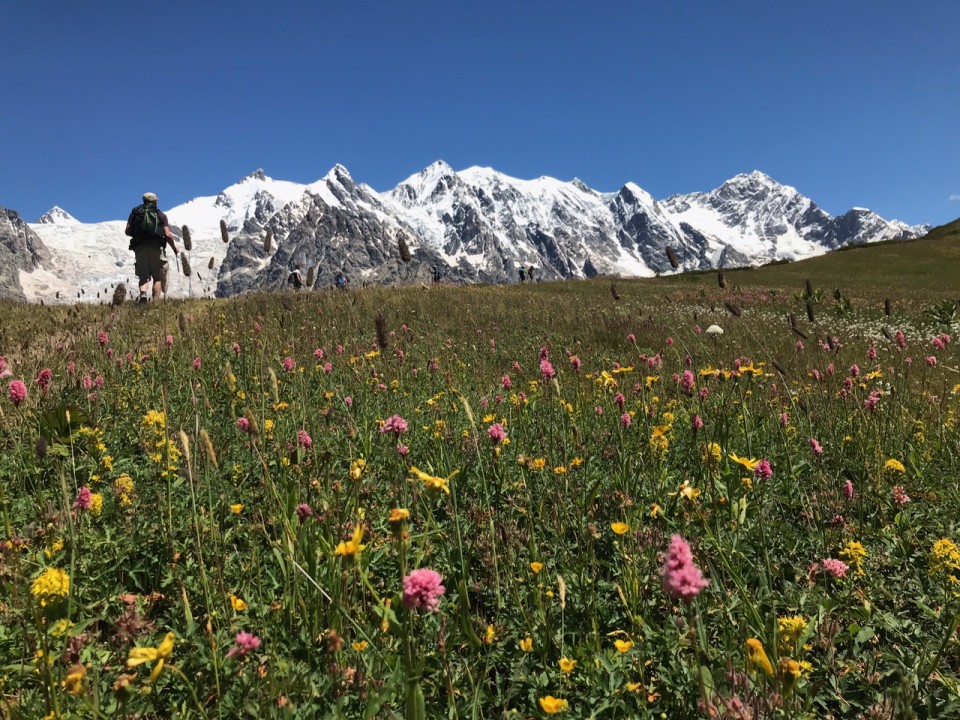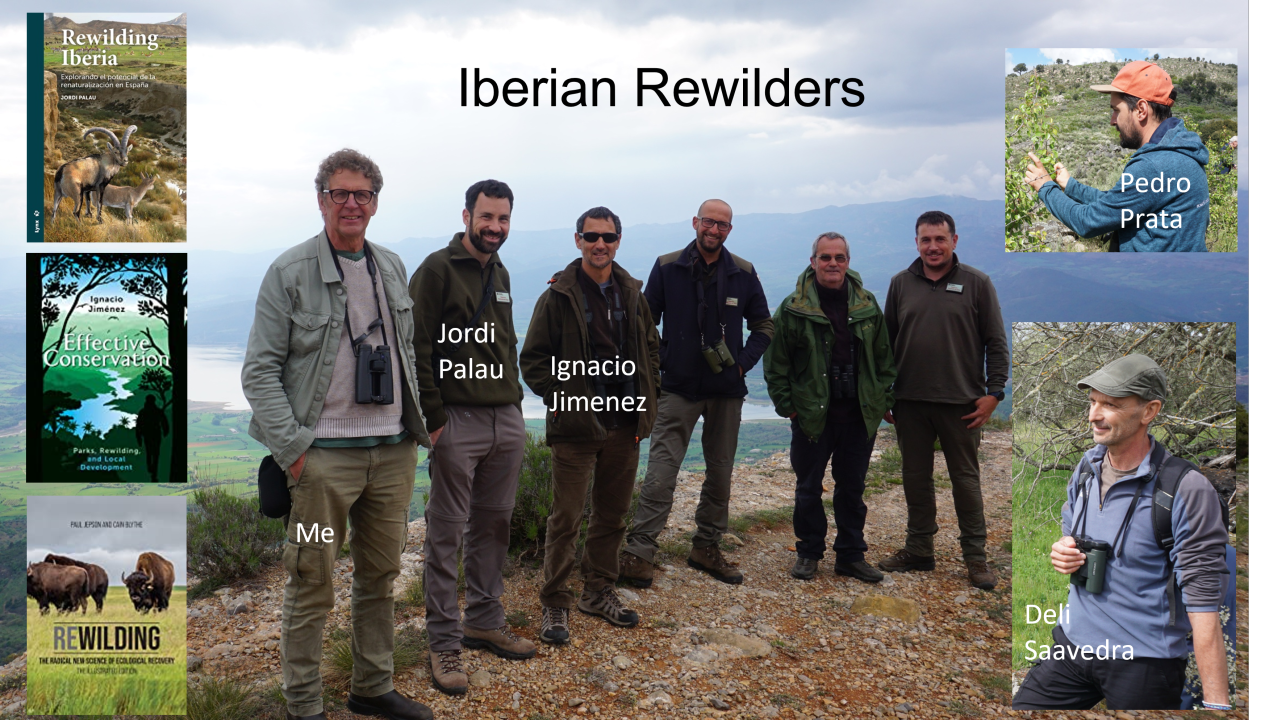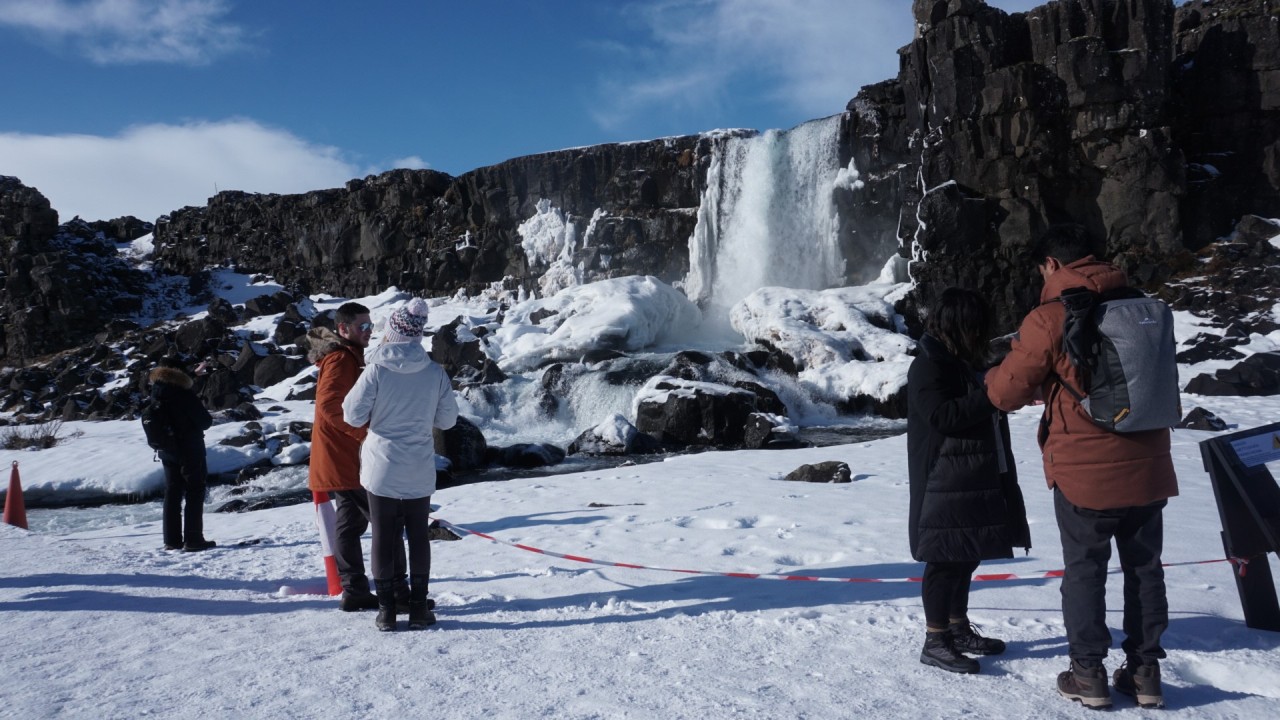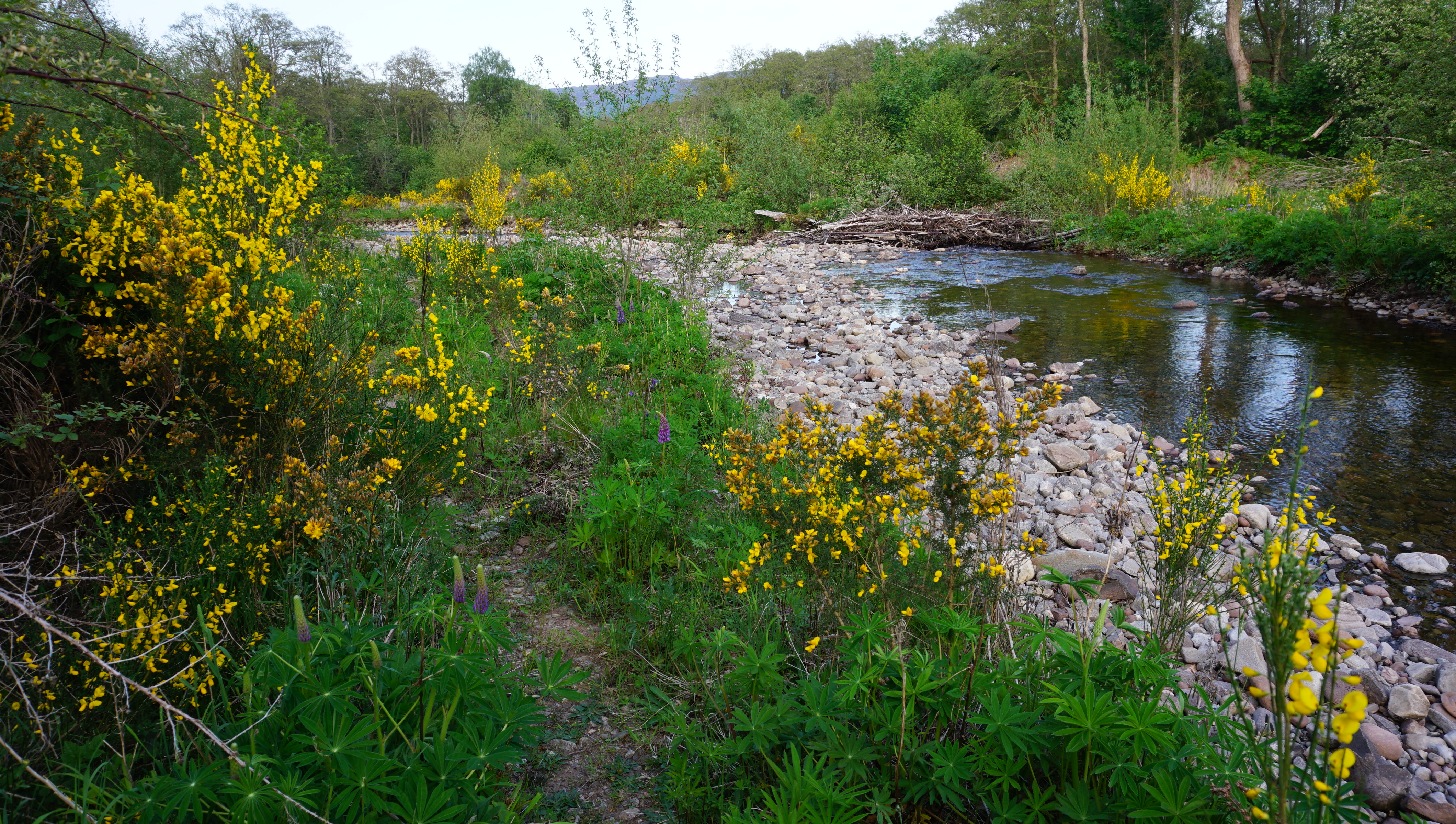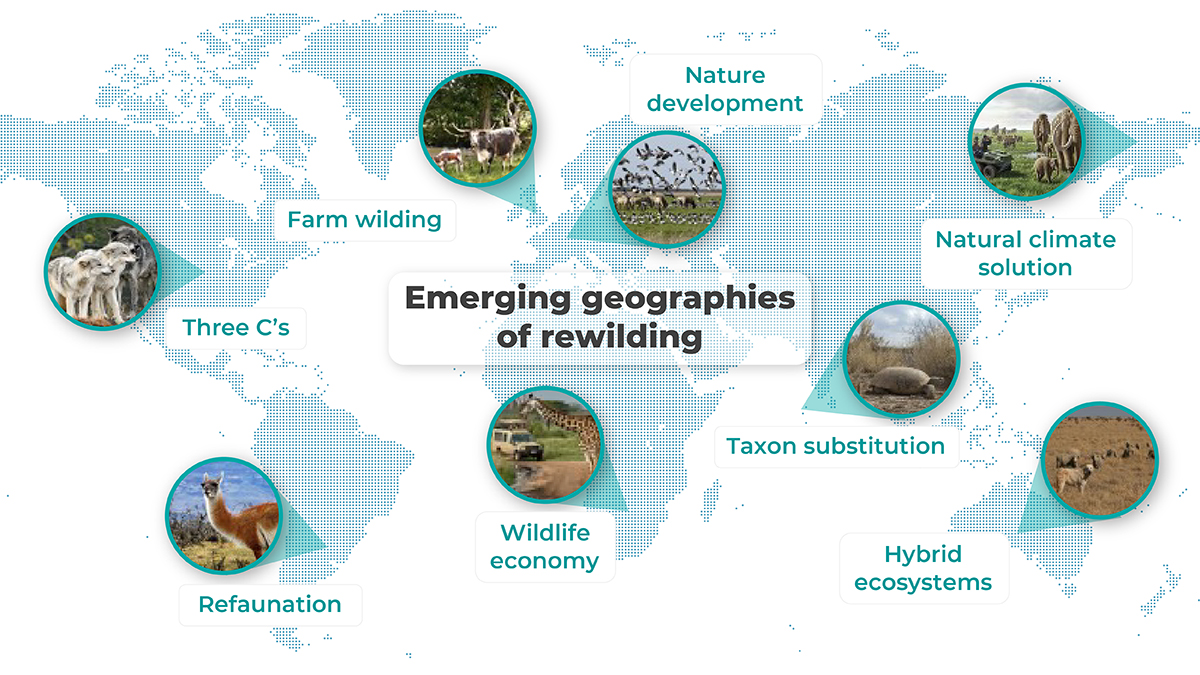This article, written by Daniel Allen, is reposted from the Ecosulis Blog
A new scientific paper reveals the huge value-generating potential of Brazilian protected areas. As the first high-profile application of the Natural Asset Framework, the analysis has worldwide implications.
Framework first
A new scientific paper, co-authored by Ecosulis Nature Recovery Lead Paul Jepson and published in the Journal of Environmental Management, shows that Protected Areas (PAs) in Brazil could generate far more value from their natural assets. This is the first high-profile paper covering a major application of the Natural Asset Framework, now available as a service from Ecosulis.
“The overarching goal of natural area policy to date has been the protection of biodiversity and sustainable use of natural resources,” says Jepson. “As a result, protected area management planning has often overlooked natural, cultural and human assets that can be managed and invested in to generate value for nature and people.”
Managed effectively, Protected Areas (PAs) are capable of generating multiple forms of value, both tangible and intangible, for individuals and society. But the limited scope of PA management plans frequently constrains their capacity for doing this.
Comprehensive analysis
One way to ensure that PAs maximise their value-generating potential – within the context of their designation – is to survey their assets and generate a “PA Asset Management and Investment Plan” to supplement and support existing planning documentation. The new paper gives an idea of how such a survey might work by providing an asset-based analysis of Brazilian Protected Area management plans.
The study analysed a total of 119 management plans written between 1978 and 2016, relating to Brazilian PAs established between 1937 and 2006. Such areas encompass national parks (NP), environmental protected areas (EP), national forests (NF) and ecological stations (ES). Carried out by a multinational team of conservation scientists from Brazil, Portugal and the United Kingdom, the analysis generated some eye-catching results.
Mind the gap
The most striking aspect of the study was the discrepancy between the relatively narrow subset of natural and other PA assets mentioned in the management plans analysed, and the huge number of assets with huge value-generating potential that were rarely or never mentioned.
Given the strong similarities between PA management plans in different countries, it is reasonable to assume that this kind of discrepancy is indicative of a general trend across the the world.

Standard PA management plans are only partially effective in identifying the multiple assets that such areas contain. Image: Daniel Allen
New opportunities
PA financing across the world is in a parlous state, with a bleak outlook for any additional funding. This demands new approaches and innovation. Rethinking PAs and PA networks in terms of groups of assets is one such new approach, with the advantage that it can be easily applied across different designations and spatial scales.
“Our analysis clearly shows that standard PA management plans are only partially effective in identifying the multiple assets that such areas contain,” says Jepson. “Uncovering, investing in, and communicating the ‘hidden’ value that resides in many PAs has the potential to both increase public support for such areas and to generate significant sources of new revenue for their financing.”
Want to know more?


